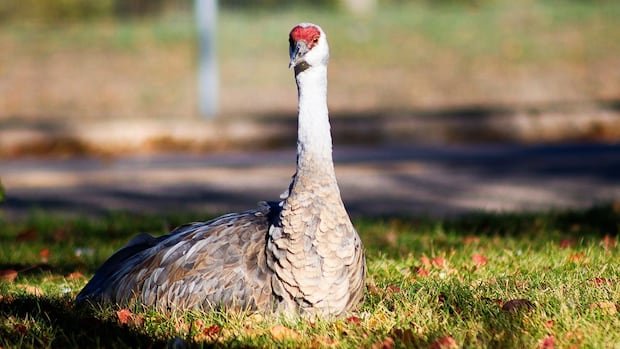Saskatchewan canola has long found a home in two major overseas markets: China and the United States, and more than 83 per cent of the province’s total canola exports went to those markets last year, according to data from the Canola Council of Canada.
However, with China’s tariffs effectively closing the market to Canadian producers, plus trade uncertainty with the United States, the provincial government is looking to diversify canola export markets.
“I think we have a pretty short rope here to start seeing some actions to support our canola producers here in the province,” Warren Kaeding, Saskatchewan’s trade and export development minister, said in an interview.
According to Statistics Canada data, Saskatchewan exports to China have fell dramatically since China imposed a 75.8 percent anti-dumping tariff on Canadian canola seed in August and a 100 percent tariff on canola oil and meal in March.
Kaeding said he is hopeful that additional support for the sector will “come soon.”
“The canola industry means a lot to this federal government,” he said. “They recognize the value of the industry.”
Kaeding said his message to Saskatchewan producers is to recognize that while canola is a priority for the federal government, there are multiple factors for several Canadian industries, such as steel, pulses, seafood and pork, “that coincide with the canola decision.”
“A decision made with one country can have significant effects on our relations with another very important trading partner,” Kaeding said, adding that the federal government is walking a fine line in trying to find a solution.
As Saskatchewan canola growers wrap up the harvest season, the executive director of Sask Oilseeds, a non-profit organization funded by Saskatchewan farmers that invests in research and promotion of the sector, said many farmers have “mixed emotions.”
“It’s a pretty decent crop that we’re seeing hit the trash,” Tracy Broughton said.
The provincial government says it is looking to diversify canola export markets as Saskatchewan producers reap a good crop while facing price uncertainty. The latest data shows the province exported $96 million in goods to China in August, a 76 percent drop compared to the same month last year.
However, he said, producers feel stressed “with every load they throw away” because they may not be able to sell their crop at the price they initially expected.
She says China, which is Saskatchewan’s largest canola seed market and where 67 per cent of the province’s canola seed was sold in 2024, will always be a fairly large market.
“I would say the federal government’s top priority should be solving these trade problems,” Broughton said.
But in the medium term, he says, it is important to diversify trade to ensure the country is not so dependent on a few single markets.
He said there are several Asian countries that Canada could turn to for help with that risk management.
It’s a sentiment shared by Murad Al-Katib, CEO of AGT Foods.
In an interview with The currentMatt Galloway, Al-Katib, said Canada “now feels the pain of the complacency” it has shown over the past few decades, while having free market access to the world’s largest economy, the United States, on Canada’s doorstep.
The current24:15The “Lentil King” wants Canadian companies to think big
Murad al-Katib started his legume business in his basement. It is now worth $3 billion a year and is in 120 countries. At a time when many Canadian companies are trying to diversify their markets and enter value-added manufacturing, al-Katib’s company AGT has really nailed it. It has built railway infrastructure, manufacturing companies and partnerships around the world. He talks about the secret to his success and why Canadians will one day be able to thank Donald Trump for shaking us out of our complacency.
He said that one day “we will be able to thank Donald Trump for not only slapping us in the face, but also punching us squarely in the nose” to get industries and government to recognize that emerging markets are the future of trade.
“We have to get there. We have to maintain our presence there and we have to find access to the market,” he said.
Trade mission to productive Southeast Asia: Kaeding
Kaeding, who traveled to Indonesia, Malaysia and Thailand in late September to build relationships in the region and test how viable the market is, says Southeast Asia is one of three major regions Saskatchewan is looking at to diversify the trade in canola products.
“That’s an area that’s well established,” Kaeding said.
“We have had excellent trade relations and certainly significant sales of canola to Japan, as well as the entire ASEAN region,” he said, referring to the Association of Southeast Asian Nations, a group of 10 countries in the region.
He said canola meal is probably “the biggest concern” right now. Data from the Canola Council of Canada shows that 99 per cent of Canadian canola meal went to the United States and China in 2024.
Currently, Canadian-produced canola and its products are not subject to U.S. tariffs as they are subject to the Canada-United States-Mexico Agreement, which U.S. President Donald Trump has said could be renegotiated.
Kaeding said the province hopes to market Saskatchewan canola meal to the dairy sector in ASEAN regions; The American dairy industry has previously been a large market for Saskatchewan canola meal.










